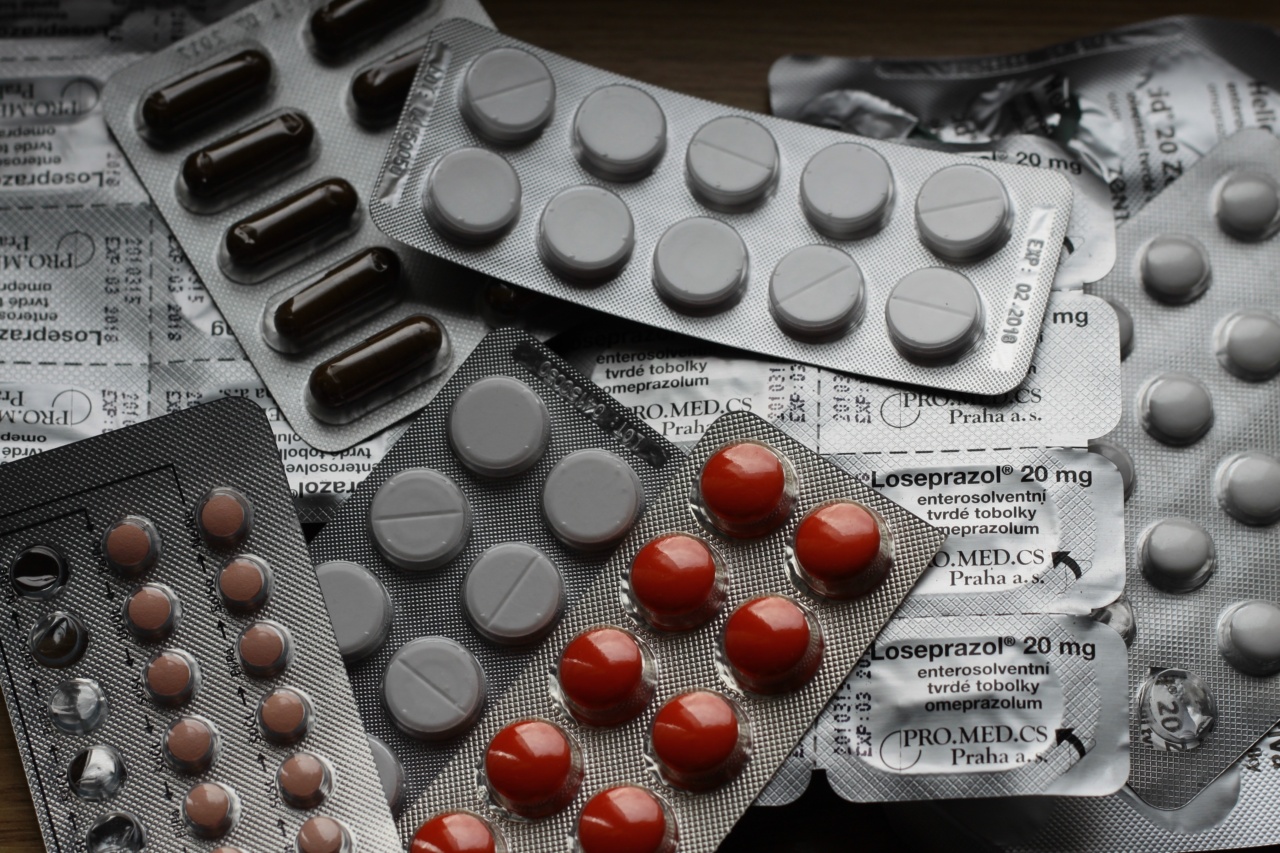Ovarian pain is a common complaint among women of reproductive age. It can range from mild discomfort to severe pain and can be caused by a variety of factors.
Understanding the causes of ovarian pain is important in order to determine the best course of treatment.
Causes of Ovarian Pain
There are several factors that can cause ovarian pain:.
: Ovulation
During ovulation, the ovaries release an egg which can cause pain in the lower abdomen. This pain is usually mild and only lasts a few hours.
: Ovarian Cysts
Ovarian cysts are fluid-filled sacs that form on the ovaries. They can cause pain if they rupture or become twisted. The pain may be sharp or dull and can be felt on one or both sides of the lower abdomen.
: Pelvic Inflammatory Disease
Pelvic inflammatory disease (PID) is an infection of the female reproductive organs. It can cause pain in the lower abdomen, fever, and a discharge with a foul odor. PID is usually caused by sexually transmitted infections (STIs).
: Endometriosis
Endometriosis is a condition in which the tissue that lines the uterus grows outside of it. This can cause pain in the lower abdomen, especially during menstruation. Other symptoms of endometriosis include heavy periods and pain during sex.
: Polycystic Ovary Syndrome
Polycystic ovary syndrome (PCOS) is a hormonal disorder that can cause ovarian pain. It is characterized by multiple cysts on the ovaries, irregular periods, and weight gain.
: Ectopic Pregnancy
An ectopic pregnancy occurs when a fertilized egg implants outside of the uterus, usually in the fallopian tube. This can cause pain in the lower abdomen, shoulder pain, and vaginal bleeding.
Ectopic pregnancy is a medical emergency and requires immediate treatment.
: Miscarriage
A miscarriage is the loss of a pregnancy before the 20th week. It can cause pain in the lower abdomen, vaginal bleeding, and the passing of tissue. If you think you may be having a miscarriage, seek medical attention immediately.
: Ovarian Cancer
Ovarian cancer is a rare but serious condition that can cause ovarian pain. Other symptoms of ovarian cancer include bloating, abdominal swelling, and difficulty eating or feeling full quickly.
Treatment for Ovarian Pain
The treatment for ovarian pain depends on the underlying cause:.
: Ovulation Pain
Over-the-counter pain relievers such as ibuprofen or acetaminophen can help alleviate mild ovulation pain. Applying heat to the lower abdomen can also be helpful.
: Ovarian Cysts
If a cyst is small and not causing any symptoms, your doctor may recommend watchful waiting. If the cyst is large or causing pain, he or she may recommend surgery to remove it.
Birth control pills may also be prescribed to prevent the formation of new cysts.
: Pelvic Inflammatory Disease
PID is typically treated with a course of antibiotics. It is important to finish the entire course of antibiotics, even if your symptoms improve.
: Endometriosis
The treatment for endometriosis depends on the severity of the condition. It may include pain relievers, hormone therapy, or surgery to remove the endometrial tissue.
: Polycystic Ovary Syndrome
PCOS is typically treated with lifestyle changes such as exercise and a healthy diet. Birth control pills may also be prescribed to regulate menstruation and reduce symptoms.
: Ectopic Pregnancy
Ectopic pregnancy requires immediate medical attention. Treatment may include surgery to remove the fertilized egg or medication to dissolve it.
: Miscarriage
If you are experiencing a miscarriage, seek medical attention immediately. Treatment may include medication to help pass the tissue or surgery to remove it.
: Ovarian Cancer
The treatment for ovarian cancer depends on the stage and severity of the cancer. It may include surgery, chemotherapy, or radiation therapy.
Preventing Ovarian Pain
There are several steps you can take to reduce your risk of developing ovarian pain:.
- Practice safe sex to reduce your risk of developing STIs that can lead to PID
- Maintain a healthy weight to reduce your risk of developing PCOS
- See your doctor for regular gynecological exams to detect any abnormalities early
- Take birth control pills to regulate your menstrual cycle and prevent the formation of cysts
Conclusion
Ovarian pain can be caused by a variety of factors, from ovulation to ovarian cancer. Understanding the underlying cause of your pain is important in order to determine the best course of treatment.
If you are experiencing ovarian pain, see your doctor to determine the cause and discuss treatment options.





























